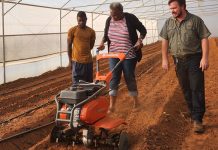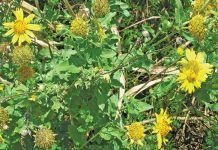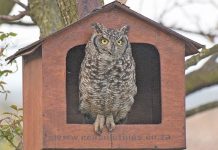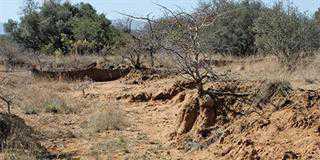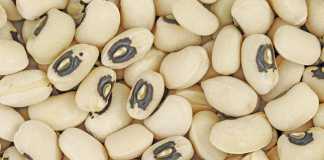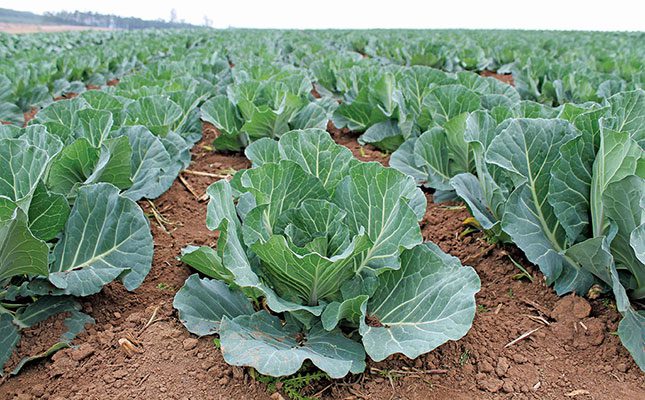
The price of food, including fresh produce, has soared in recent months. This means that people who can grow vegetables and fruit in gardens can save a lot of money.
Communal farming groups usually have the space to establish market garden projects that supply large quantities of produce, as well as provide much-needed jobs. Very little infrastructure is needed. To begin with, you need to work out where and how to grow fruit trees and vegetables.
Fruit
It is important to plant fruit trees the right distance apart, prune them properly and make sure they are fertilised well. These details vary from one type of fruit tree to another, and will need a bit of research beforehand.
Citrus and peach tree varieties grow well in most regions of South Africa and these can produce healthy fruit for decades if well cared for. Grapevines also do well in most regions, while subtropical trees such as avocados usually struggle with low temperature and frost.
Find out which fruit trees can grow well in your area. Most trees take three to four years to produce their first crop. When planning a food-producing garden, remember that trees cast shade. This means you cannot use the areas under the trees for growing vegetables, as most vegetables need full sun to grow properly.
This is one reason why you should prune the trees before they become too big and cast too much shade. Another advantage of smaller trees is that it is easier to pick the fruit.
Vegetables
An effective way to grow vegetables is to construct a simple ‘box bed’ on the land. This will enable you to control your soil and irrigation easily. The first step is to lightly till the area on which you intend to build the box; till only a few centimetres deep – enough to remove grass and roots.
Then construct walls about 40cm high (or 80cm for vegetables such as potatoes) out of wood, concrete or any suitable material to form a box bed on the soil surface. This should be about 1,2m wide and as long as your land allows. You can have two or more such boxes, depending on the land available, but leave enough space between the boxes so that you can walk and bend easily to work on the beds.
Fill the box with a mixture of topsoil, compost, and kraal manure. Don’t use topsoil from the surface; use soil from deeper down so that fewer weed seeds get into the bed. The manure should make up no more than 50% of the mixture, otherwise the urea may harm the plants.
You can then plant vegetables such as carrots, onions, spinach, cabbages and lettuce. Plant cabbages 40cm apart in the row, as the leaves are large and spread out. Other vegetables, such as carrots and onions, can be planted (or thinned out, once the seedlings have grown) far closer together (carrots, for instance, should be about 8cm apart in the row and large onion sets about 12cm apart).
Variety means healthy plants!
Avoid planting the same vegetable type in the same soil year after year (monocropping). This can lead to disease and insect problems. It can also harm soil health, as specific plants extract certain nutrients from the soil in large quantities, and plant yield will decrease over time.
Instead, practise crop rotation or intercropping. Crop rotation is where you plant a different type of vegetable in each bed each year, and intercropping is where two or more crops are grown in alternating rows in the same bed at the same time. In both cases, you end up with healthier soil with a better balance of nutrients.
Vegetables such as pumpkins and butternuts need their own beds because of their spreading habit. Put the plants in a single row down the centre of the box to allow the plants to spread out. The following season, plant other vegetables in the box to rejuvenate the soil.
Potato seed tubers can be planted in the 80cm beds at different levels in the soil. Push some tubers deeper than others in set rows (to avoid root tangling) about 20cm apart.
Don’t plant within 10cm of the surface. The following season, plant butternuts or pumpkins in these beds to rejuvenate the soil before planting potatoes the season after this.
Climbing vegetables such as tomatoes and beans can be planted in boxes built along fences and walls. The boxes can be about 40cm wide and run the length of the fence. Place trellises against the fence as a climbing aid.
Shane Brody is involved in an outreach programme aimed at transferring skills to communal farmers.

